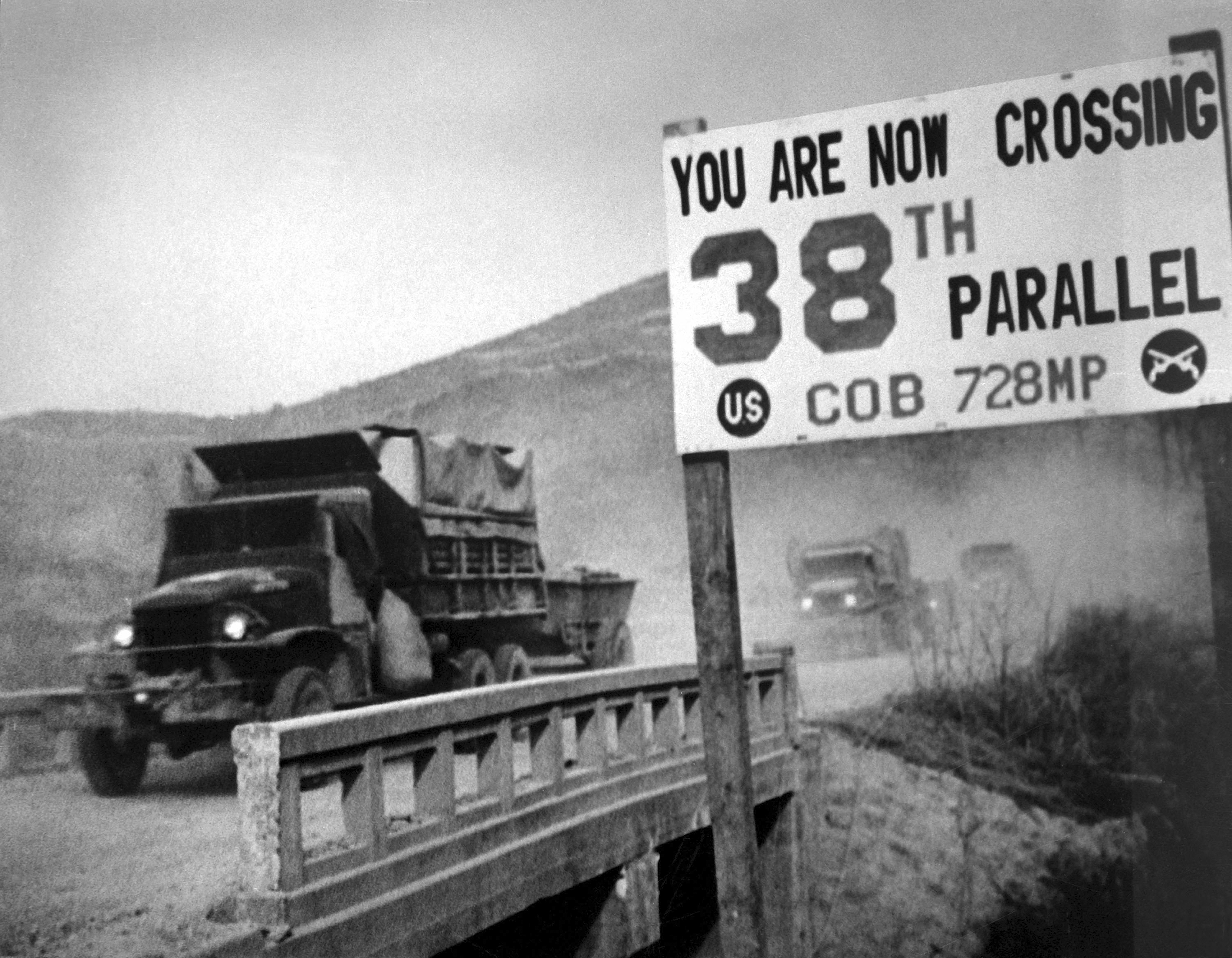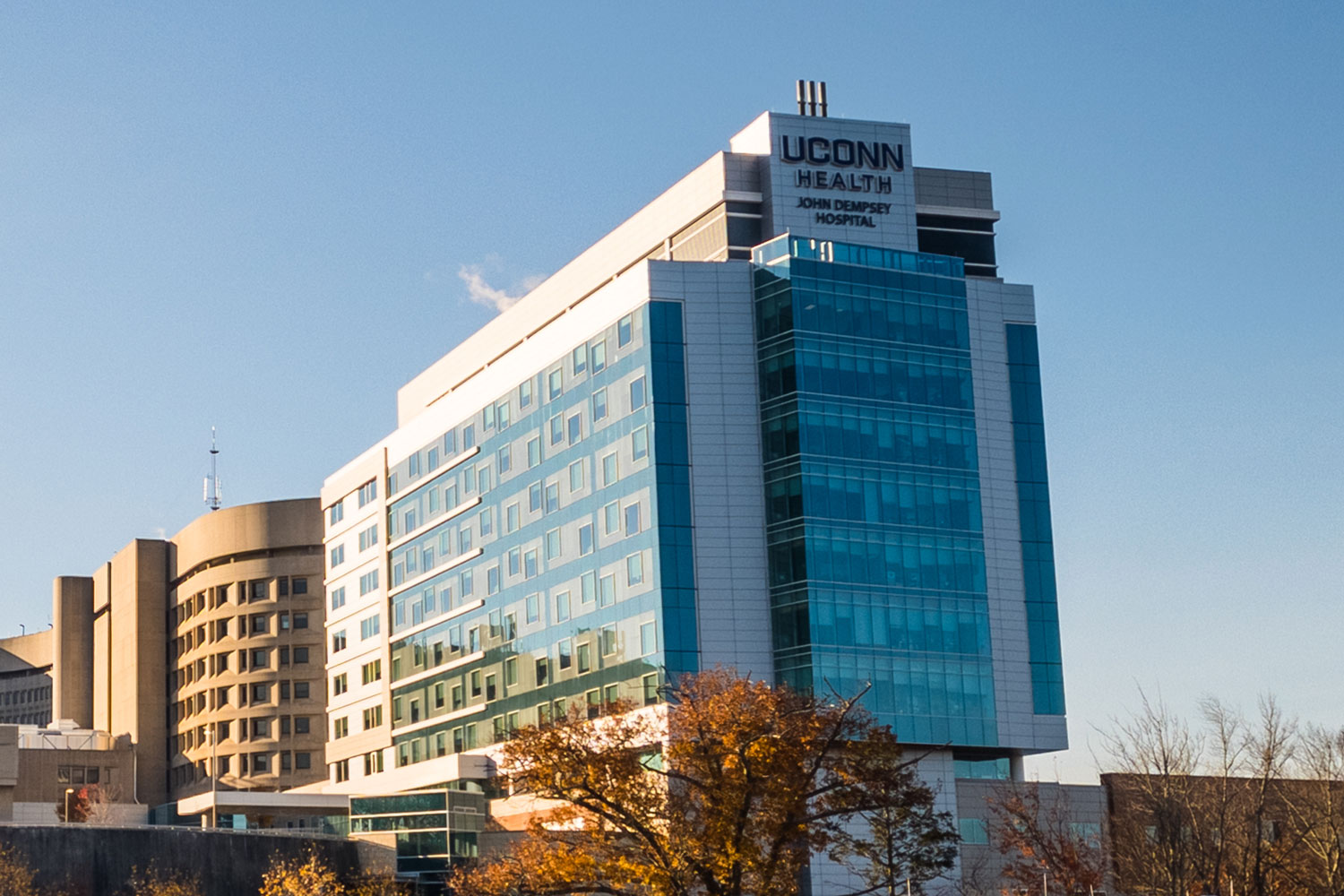Today is the 70th anniversary of the start of the Korean War, the longest-running conflict of the Cold War, and tensions on the Korean peninsula have increased within the past week. North Korea destroyed a liaison office opened with South Korea two years ago following a meeting between South Korean President Moon Jae-in and North Korean leader Kim Jong Un. North Korea indicates it is ready to move troops back to the Demilitarized Zone. The Korean War is one of the most destructive conflicts in the modern era, resulting in approximately 3 million war fatalities and more proportional civilian deaths than World War II or the Vietnam War.
Alexis Dudden, professor of history at UConn, is a specialist in modern Korea, modern Japan and international history. Her writing about Korea and Japan has appeared in The New York Times, The Guardian, Huffington Post, EastAsiaForum.org, and The Journal of Asian Studies. She spoke with UConn Today about the current situation on the Korean Peninsula.
While many people may be aware of the Korean War and the split between North Korea and South Korea in the 1950s, most may not know the background of the issues involved and the history.
The Korean War did not begin in the 1950s. It had begun about two decades earlier in what was Manchuria, with forces that were opposed to Japanese occupation — ethnic Koreans in North China and those Koreans who had decided to become part of Japan’s colonial occupation of Korea. The problem for South Koreans was that the founder of North Korea following the end of World War II, Kim Il-sung, was actually an accredited anti-Japanese fighter. He had taken up arms against Japanese occupation but eventually he would get Soviet and Chinese backing. That’s what came into play in the actual outbreak of a Korean War conflict on June 25, 1950. South Korea’s initial leadership after the Japanese occupation was propped up by the United States following all of the anti-dictatorship protests and pro-democracy actions that we see culminated in leadership from Kim Dae-jung, Roh Moo-hyun. So the Korean War began as an anti-Japanese imperialism struggle among Koreans. I tell my students at UConn that if you take nothing else away from my class, you have to understand that the Korean War did not divide Korea.
Why was the 38th parallel used as the dividing line between the North and South?
As Japan was about to surrender ending World War II in 1945, United States officials in the State Department were negotiating with the Soviet Union over control of Japan, much like the talks over dividing Germany. The Soviets expected at least the northern part of Japan. The United States just took Japan and the Soviets were in no position in terms of strength to be able to counter that, but that began the geographical separation of the Korean peninsula. Dean Rusk [a State Department official in 1945 who would later serve as Secretary of State] and Charles Bonesteel [on the staff of Army Gen. George Marshall] took out a National Geographic map and drew a straight line across the Korean peninsula at the 38th parallel in order to keep Seoul, the capital of Korea, under American control. In 1948 the two nations were formed — the Democratic People’s Republic of Korea, known as North Korea, and Republic of Korea, known as South Korea.
The fighting in the Korean War ended on July 27, 1953, but technically a state of war still exists between North Korea and South Korea and the U.S. Two years ago, there was great fanfare when President Trump met with Kim Jong-un of North Korea, followed by Kim’s meeting with President Moon Jae-in of South Korea. When we spoke then, you had expressed some skepticism about what had occurred and now two years later it has fallen apart. What seems to have happened?
When you say I was skeptical in 2018, I was hopeful. In fact, it was the strangest two years of my life trying to say, well, this is the only possible hope we have. It’s better to have a condo in North Korea than a nuclear weapon. Putting aside the history and individual personalities, the real surprise has been the pandemic. We could say, this is Donald Trump’s fecklessness — he didn’t care; he just wanted a photo op. We could say, this is Kim Jong-un and he’s just a megalomaniac. There are all sorts of individual personalities in the mix.
There’s no second presidential term in South Korea, so Moon’s got two more years; he’s focused on detente and a peaceful new future for Korea and he said that from the beginning. Donald Trump decided this was going to be his signature. He was going to make friends with Kim Jong-un, and Kim Jong-un ran with it because shaking Donald Trump’s hand in Singapore in 2018 legitimated his rule like nothing else ever before. Then there was all of this excitement following the 2018 Winter Olympics in PyeongChang, South Korea.
No one saw the COVID-19 pandemic coming. The country that has done extremely well [with the pandemic] is South Korea. As we are talking, there are only 270 deaths and 12,500 active cases, which is so much less than just the state of Connecticut. On top of that, they came up with the testing, tracing, and quarantine protocol that we all are emulating in the United States moving forward. The obverse of that is North Korea says, we don’t have any cases. We know that not to be true because officials were executed at the beginning of the pandemic for not following protocol. I have no inside knowledge. Nobody does.
Since COVID began, the international shutdown of goods and services has accomplished more decimation of the North Korean economy than any sanctions regime. There are about 4,000 ships not able to moor in ports because North Korea has completely shut its borders. The World Food Program estimates 1,600 tractor-trailers are on the China border with seed and fertilizer and agricultural equipment.
The North Korean regime demanded from those people with permits that they buy North Korean government bonds. That was the first indication that things are really bad economically. Then we have this crisis moment following the two weeks in April, when Kim Jong-un disappeared. Nobody knows why and nobody actually can confirm that he’s alive. Was that two weeks of quarantine? Was he exposed?
Since that time, Kim Jong-un’s younger sister Kim Yo-Jong has taken a more public role in speaking out against South Korea and the U.S.
She definitely took a very personalized stance. North Korean analysts are noticing that she’s using the singular first person pronoun, asserting control and leadership in a way that hasn’t happened in three decades. Her brother is clearly backing this.
What do you seeing going forward on the Korean peninsula?
Without a peace treaty to end the Korean War, there can be no tractionable change. I just have no idea whether there is the will to make this happen.



